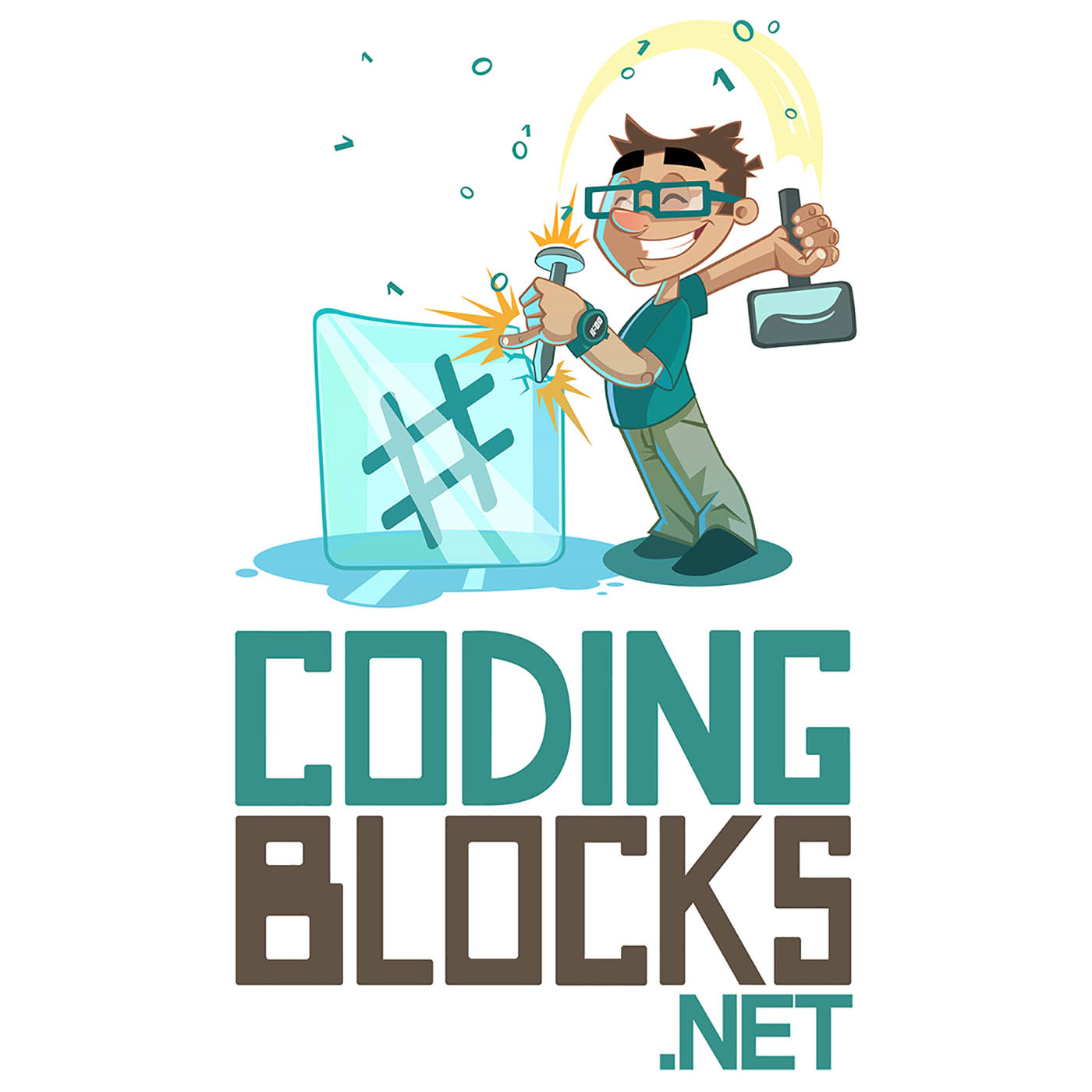
Shownotes Transcript
In the past couple of episodes, we’d gone over what Apache Kafka is and along the way we mentioned some of the pains of managing and running Kafka clusters on your own. In this episode, we discuss some of the ways you can offload those responsibilities and focus on writing streaming applications. Along the way, Joe does a mighty fine fill-in for proper noun pronunciation and Allen does a southern auctioneer-style speed talk.
View the full show notes here:https://www.codingblocks.net/episode237)
Reviews
As always, thank you for leaving us a review – we really do appreciate them!
From iTunes: Abucr7
Upcoming Events
Atlanta Dev ConSeptember 7th, 2024https://www.atldevcon.com/)
DevFest Central Florida on September 28th, 2024Interested? Submit your talk proposal here:https://sessionize.com/devfest-florida-orlando-2024/)
Kafka Compatible and Kafka Functional Alternatives
Why? Because running any type of infrastructure requires time, knowledge, and blood, sweat and tears
Confluent
We’ve personally had good experiences with their Kafka as a service
WarpStream
“WarpStream is an Apache Kafka® compatible data streaming platform built directly on top of object storage: no inter-AZ bandwidth costs, no disks to manage, and infinitely scalable, all within your VPC”
ZERO disks to manage
10x cheaper than running Kafka
Agents stream data directly to and from object storage with no buffering on local disks and no data tiering.
Create new serverless “Virtual Clusters” in our control plane instantly
Support different environments, teams, or projects without managing any dedicated infrastructure
Things you won’t have to do with WarpStream
Upscale a cluster that is about to run out of space
Figure out how to restore quorum in a Zookeeper cluster or Raft consensus group
Rebalance partitions in a cluster
“WarpStream is protocol compatible with Apache Kafka®, so you can keep using all your favorite tools and software. No need to rewrite your application or use a proprietary SDK. Just change the URL in your favorite Kafka client library and start streaming!”
Never again have to choose between reliability and your budget. WarpStream costs the same regardless of whether you run your workloads in a single availability zone, or distributed across multiple
WarpStream’s unique cloud native architecture was designed from the ground up around the cheapest and most durable storage available in the cloud: commodity object storage
WarpStream agents use object storage as the storage layer and the network layer, side-stepping interzone bandwidth costs entirely
Can be run in BYOC (bring your own cloud) or in Serverless
BYOC – you provide all the compute and storage – the only thing that WarpStream provides is the control plane
Data never leaves your environment
Serverless – fully managed by WarpStream in AWS – will automatically scale for you even down to nothing!
Can run in AWS, GCP and Azure
Agents are also S3 compatible so can run with S3 compatible storage such as Minio and others
RedPanda
Redpanda is a slimmed down native Kafka protocol compliant drop-in replacement for Kafka
There’s even a Redpanda Connect!
It’s main differentiator is performance, it’s cheaper and faster
Apache Pulsar
Similar to Kafka, but changes the abstraction on storage to allow more flexibility on IO
Has a Kafka compliant wrapper for interchangability
Simple data offload functionality to S3 or GCS
Multi tenancy
Geo replication
Cloud alternatives
Google Cloud – PubSub
Azure – Event Hubs
AWS – Kinesis
Tip of the Week
Chord AI is an Android/iOS app that uses AI to figure out the chords for a song. This is really useful if you just want to get the quick jist of a song to play along with. The base version is free, and has a few different integration options (YouTube, Spotify, Apple Music Local Files for me) and it uses your phones microphone and a little AI magic to figure it out. It even shows you how to play the chords on guitar or piano. The free version gets you basic chords, but you can pay $8.99 a month to get more advanced/frequent chords.https://www.chordai.net/)
Pandas is nearly as good, if not better than SQL for exploring datahttps://pandas.pydata.org/)
Another tip for displaying in Jupyter notebooks – to HTML() your dataframes to show the full column datahttps://www.geeksforgeeks.org/how-to-render-pandas-dataframe-as-html-table/)
Take photos or video and convert them into 3d modelshttps://lumalabs.ai/luma-api)